iReady Diagnostic Scores 2024-2025 by Grade Level – Reading Scores Chart
This page shows the iReady Diagnostic Scores by Grade Level for Reading (Norms) for the school year 2024-2025, including the Fall, Winter and Spring iReady Scores Percentiles. Check if your child’s iReady Reading Scores are above or below the 50th percentile (Median), or above the 95th percentile, and more.
Looking for the iReady Diagnostic Scores by Grade Level for Math (2024-2025)? Visit our iReady Diagnostic Scores Math page.
New i-Ready Diagnostic Norms for the 2024–2025 School Year.
As schools continue to adjust after the pandemic, i-Ready Diagnostic has updated its national norms for the 2024–2025 school year. These changes help educators better understand how students are performing today compared to students across the country.
What Are Norms?
Norms are used to compare a child’s test scores to those of students nationwide in the same grade, taking the i-Ready Diagnostic at the same time of year. These benchmarks help teachers and schools make informed decisions about instruction and student support.
For example, if a student’s fall i-Ready score places them in the 66th percentile, this means they performed better than 66% of students in a nationally representative sample who took the same test in the fall.
What Do the New i-Ready Diagnostics Score Norms Mean for Your Child?
With these updates, percentile rankings may not mean the same thing today as they did in previous years. Student performance has shifted over time, so a child who scores at the 50th percentile in 2024 may have different skills and knowledge than a student who scored at the 50th percentile in 2019.
Since percentile ranks often guide important decisions—such as placement in courses, progress monitoring, and extra support—it’s important for parents to stay informed about these changes. If you have any questions about what your child’s score means, consider reaching out to their teacher for guidance.
Fall 2024 iReady Diagnostics Reading Scores (K-8).
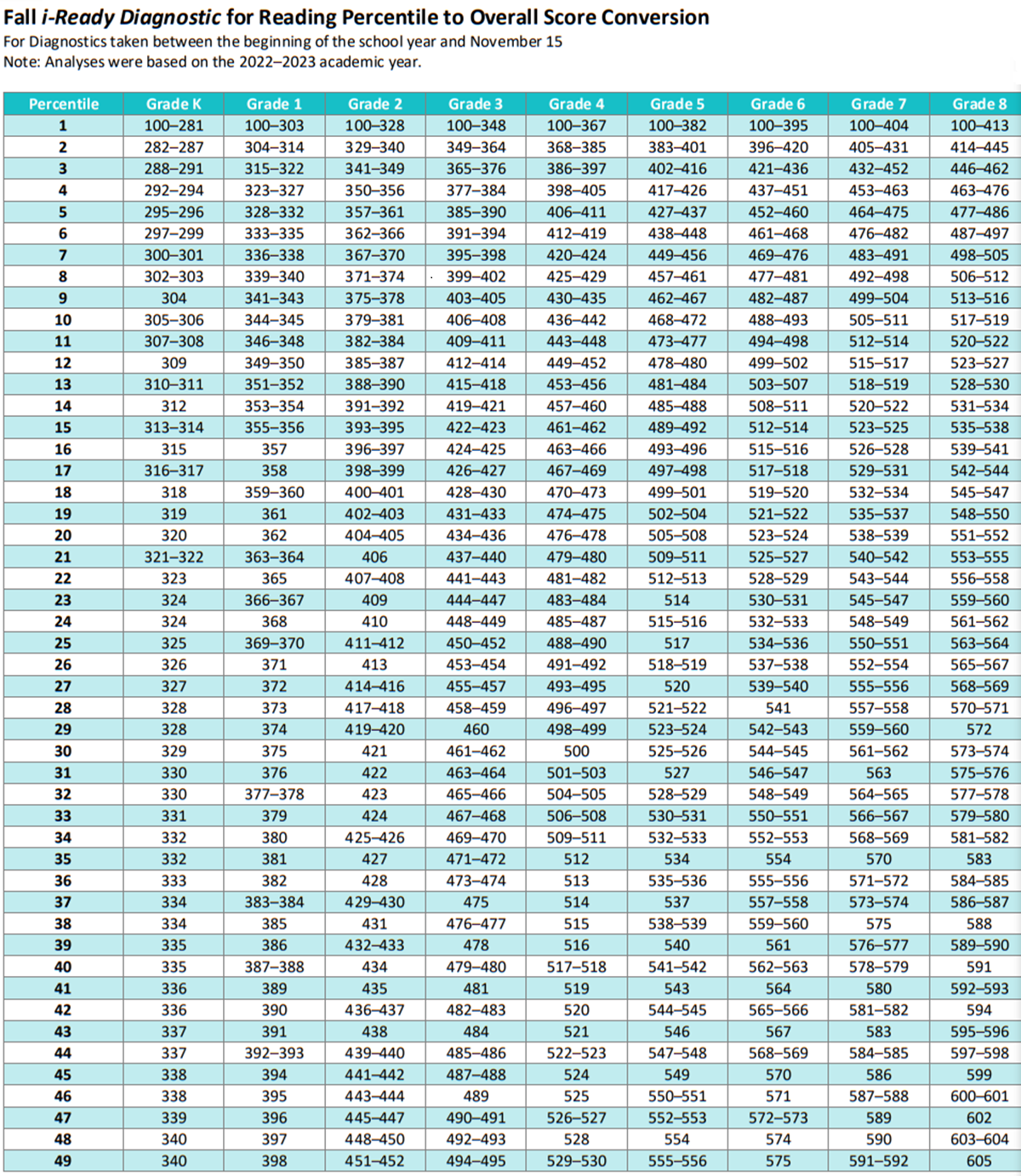
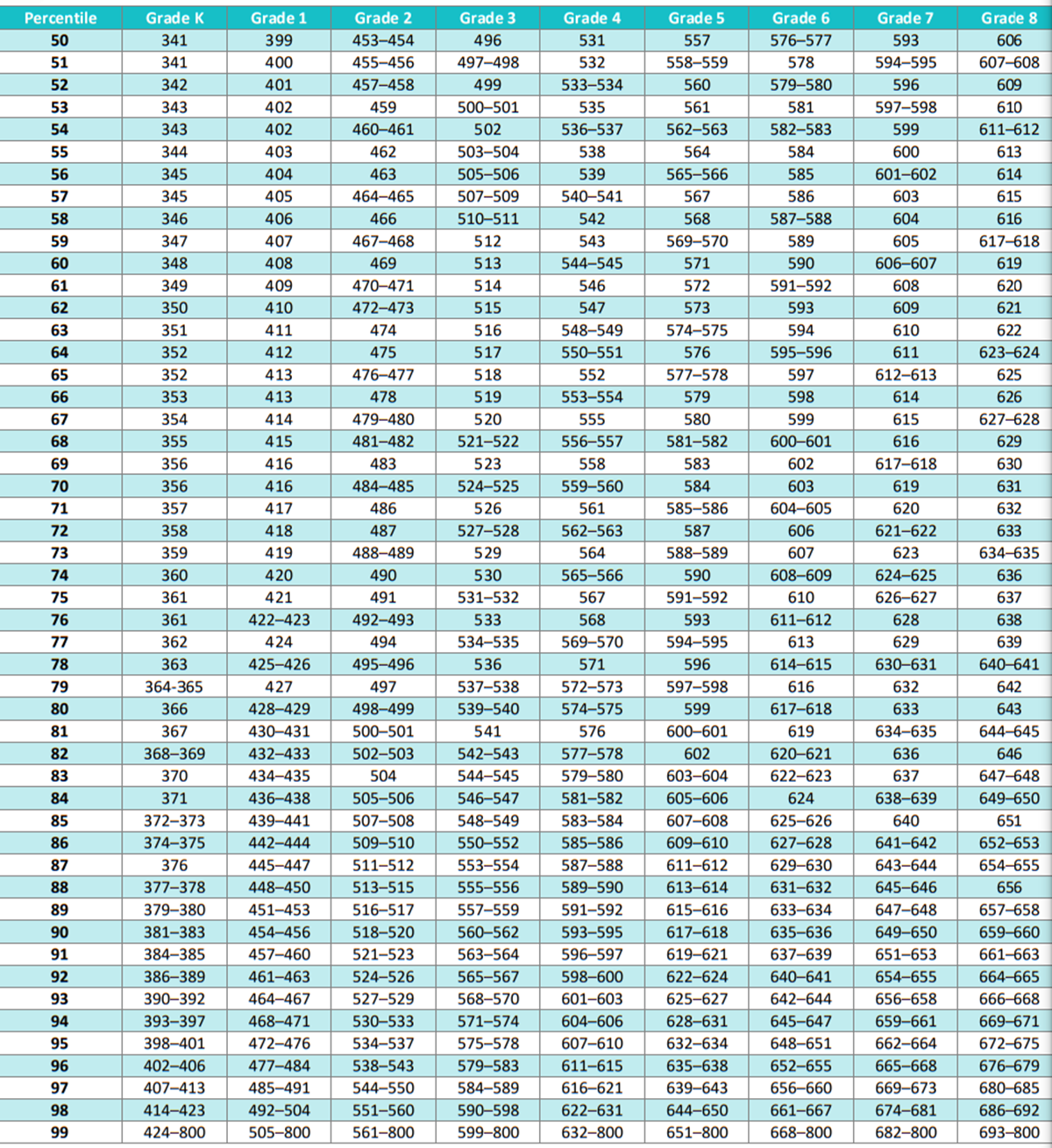
Winter 2024-2025 iReady Diagnostic Reading Scores (K-8).
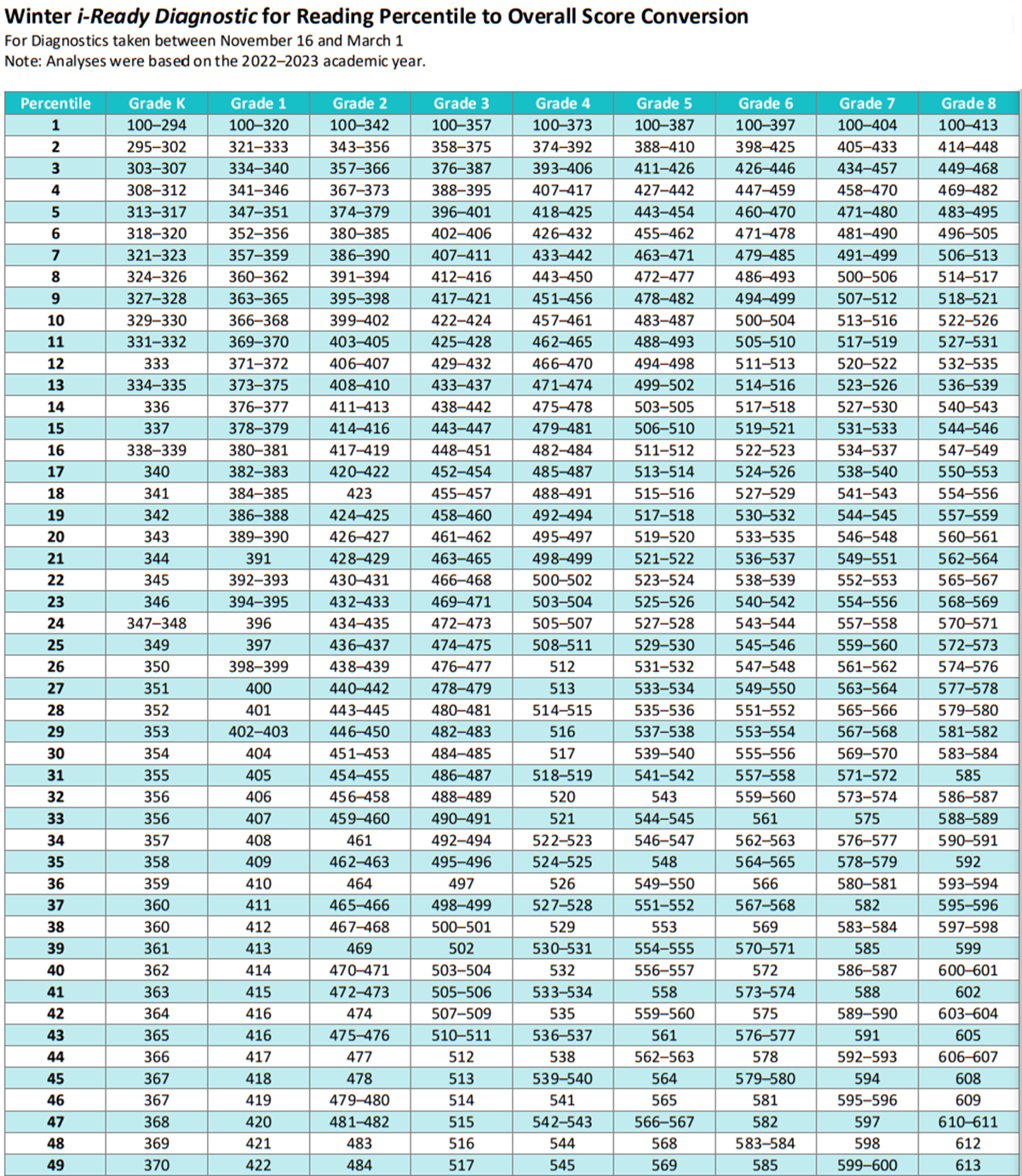
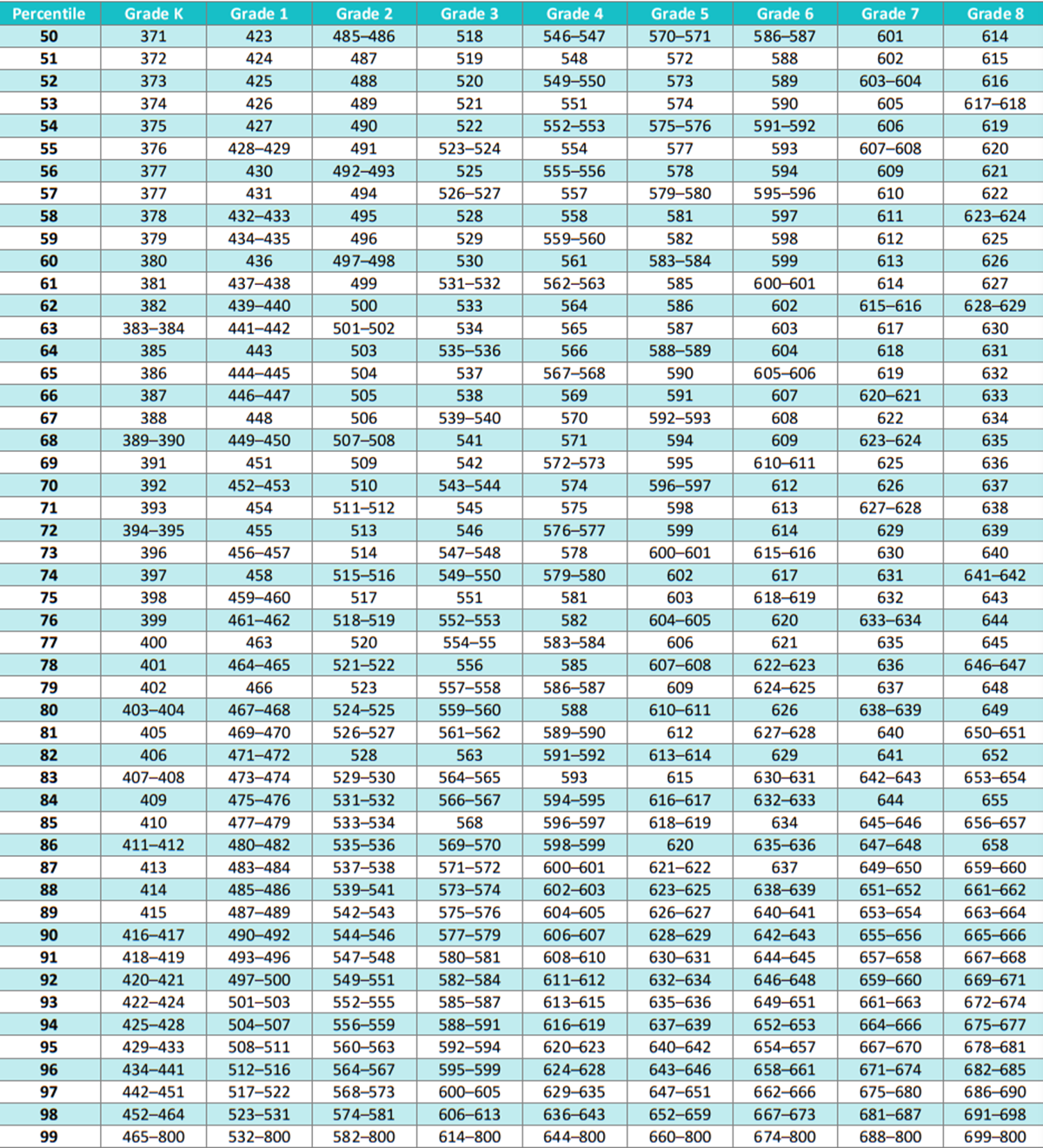
Spring 2025 iReady Diagnostic Reading Scores (K-8).
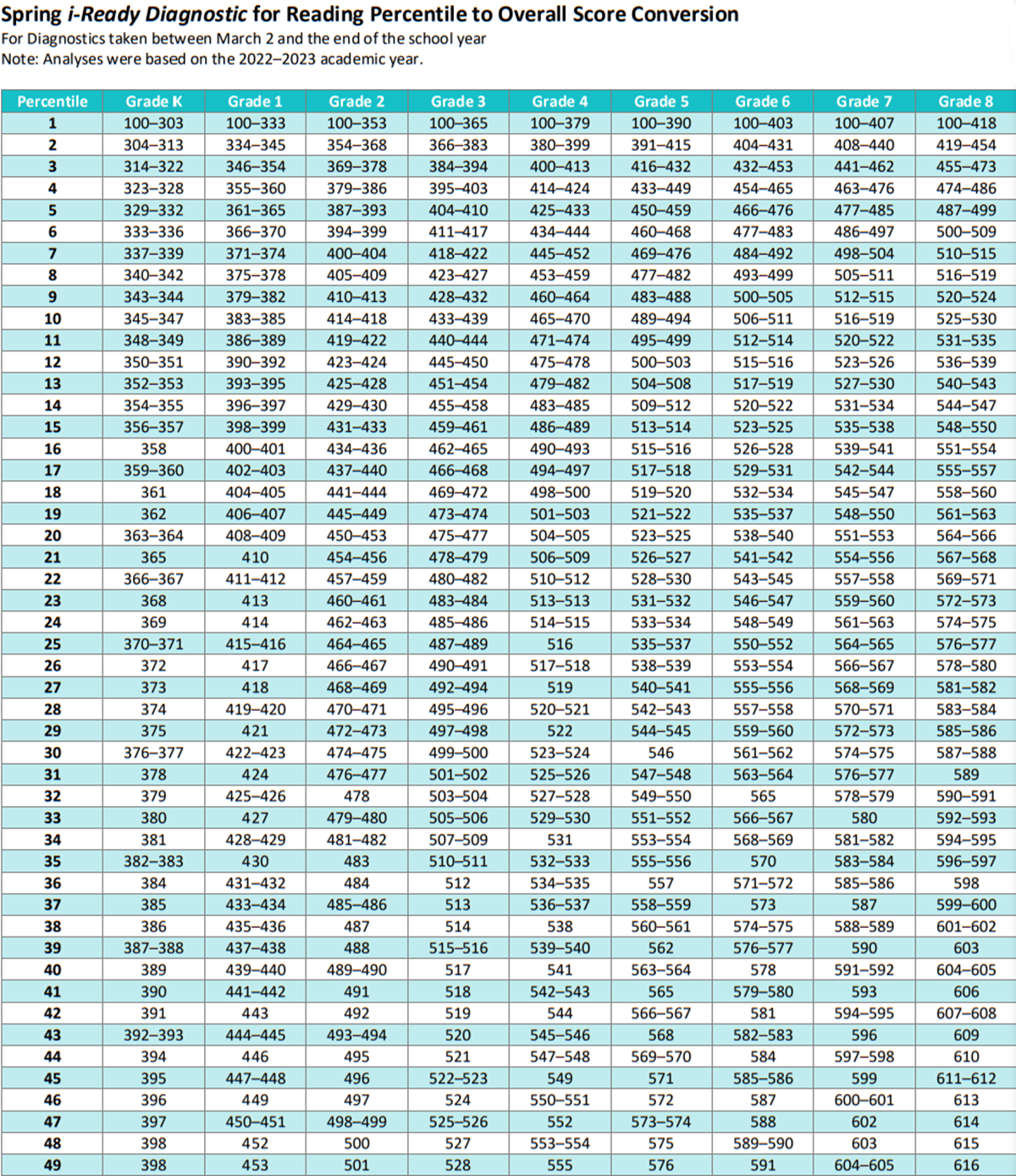
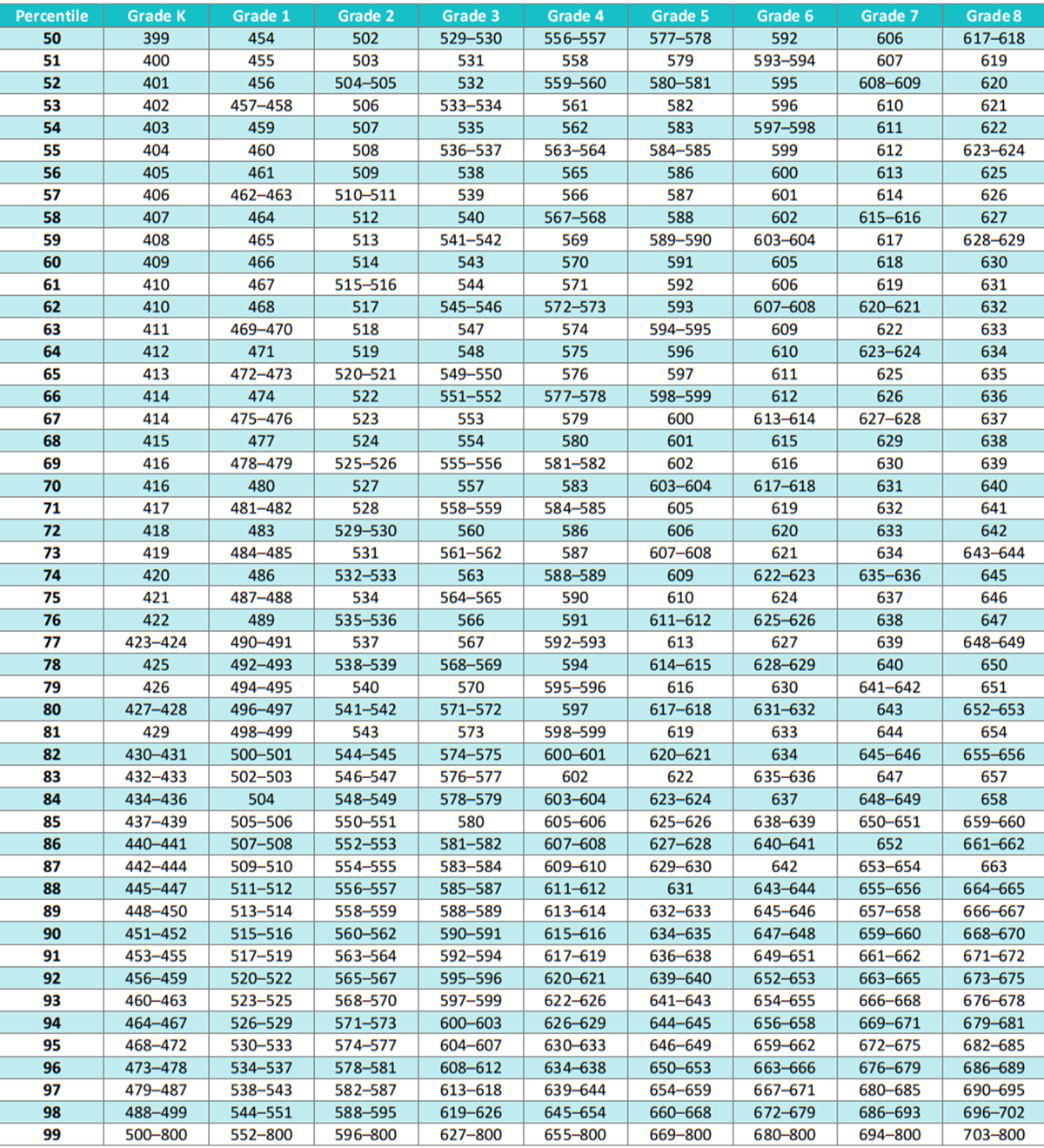
Understanding i-Ready Grade Levels: A Guide for Parents.
As a parent, you may wonder what your child’s i-Ready level means and how it relates to their grade level and learning progress. i-Ready assigns levels based on test scores, which help identify the skills your child is developing. Here’s a simple breakdown of what each level represents:
i-Ready Levels and Grade Equivalents:
- Level AA – Kindergarten
- Level A – 1st Grade
- Level B – 2nd Grade
- Level C – 3rd Grade
- Level D – 4th Grade
- Level E – 5th Grade
- Level F – 6th Grade
- Level G – 7th Grade
- Level H – 8th Grade
What Does Each i-Ready Level Mean for Your Child?
🔹 Level C (3rd Grade):
- Reading: Students work on fluency, comprehension, identifying main ideas, and supporting details.
- Math: Focus areas include multiplication, division, and solving more advanced word problems.
🔹 Level D (4th Grade):
- Reading: Comprehension of longer texts, critical thinking, and summarizing information.
- Math: Students learn fractions, geometry concepts, and how to solve multi-step word problems.
🔹 Level E (5th Grade):
- Reading: Deeper text analysis, identifying themes, and summarizing key points.
- Math: Topics include decimals, fractions, volume, and more complex geometry concepts.
🔹 Level F (6th Grade):
- Reading: Increased focus on reading comprehension, analyzing texts, and drawing conclusions.
- Math: Ratios, percentages, algebraic thinking, and coordinate planes become key skills.
🔹 Level G (7th Grade):
- Reading: Understanding figurative language, making inferences, and analyzing texts more deeply.
- Math: Expressions, equations, probability, and proportions become core topics.
🔹 Level H (8th Grade):
- Reading: Students engage in advanced literary analysis, argument development, and deeper comprehension.
- Math: Topics include linear equations, functions, and advanced geometry concepts.
Why i-Ready Levels Matter.
i-Ready levels help teachers identify where your child excels and where they may need additional support. If your child’s level doesn’t match their grade, don’t worry—it simply means i-Ready is tailoring lessons to their specific needs.
If you have questions about your child’s progress, their teacher can provide insights into their learning path and how to best support them at home.
Does i-Ready Have a 9th Grade and 10th Grade Level?
Yes, i-Ready Diagnostic now includes assessments for 9th and 10th grades. These assessments provide national norms for both reading and mathematics, allowing educators to compare a student’s performance to peers nationwide. Currently, these norms are available for the fall testing window, with plans to expand to other testing windows and high school grades in the future.
For high school students, i-Ready Diagnostic offers insights into their academic strengths and areas needing improvement, assisting teachers in tailoring instruction to meet each student’s needs. While i-Ready’s primary focus has been K–8 education, the inclusion of 9th and 10th-grade assessments reflects a commitment to supporting students’ learning journeys through the early high school years.
For more detailed information, you can refer to the official i-Ready Diagnostic National Norms Tables for Grades 9–10.
What Is a Good i-Ready Diagnostic Score?
A good i-Ready Diagnostic score depends on the grade level and the time of year when the test is taken. i-Ready scores are based on a scale score system, which measures a student’s ability in Mathematics and Reading.
In general:
- Scores at or above the 50th percentile indicate a student is performing at or above grade level.
- Scores in the 75th percentile or higher suggest the student is performing well above grade level.
- Scores below the 50th percentile may indicate the student needs additional support in that subject.
Below are general guidelines for good i-Ready Diagnostic scores based on grade level.
What Is a Good i-Ready Diagnostic Score for Kindergarten Math?
A strong i-Ready score for Kindergarten Math is above 360, with students scoring above 400 considered well-prepared for early math concepts.
What Is a Good i-Ready Diagnostic Score for Kindergarten Reading?
For Kindergarten Reading, a good score is typically above 360, with students scoring above 400 demonstrating strong early literacy skills.
What Is a Good i-Ready Diagnostic Score for 1st Grade Math?
A good score for 1st Grade Math is above 400, with scores above 440 indicating strong mathematical development.
What Is a Good i-Ready Diagnostic Score for 1st Grade Reading?
For 1st Grade Reading, a solid score is above 400, and scores above 440 indicate strong early reading comprehension.
What Is a Good i-Ready Diagnostic Score for 2nd Grade Math?
A strong 2nd Grade Math score is above 450, with scores above 480 suggesting readiness for more advanced concepts.
What Is a Good i-Ready Diagnostic Score for 2nd Grade Reading?
For 2nd Grade Reading, a good score is above 450, while students scoring above 480 are excelling in reading comprehension.
What Is a Good i-Ready Diagnostic Score for 3rd Grade Math?
A strong score for 3rd Grade Math is above 490, with scores above 520 indicating excellent mathematical skills.
What Is a Good i-Ready Diagnostic Score for 3rd Grade Reading?
For 3rd Grade Reading, a good score is above 490, while scores above 520 suggest strong comprehension and fluency.
What Is a Good i-Ready Diagnostic Score for 4th Grade Math?
A good score for 4th Grade Math is above 520, with scores above 550 showing strong problem-solving skills.
What Is a Good i-Ready Diagnostic Score for 4th Grade Reading?
For 4th Grade Reading, a strong score is above 520, with scores above 550 indicating strong analytical reading abilities.
What Is a Good i-Ready Diagnostic Score for 5th Grade Math?
A good 5th Grade Math score is above 550, and scores above 580 suggest strong preparation for middle school math.
What Is a Good i-Ready Diagnostic Score for 5th Grade Reading?
For 5th Grade Reading, a good score is above 550, with scores above 580 indicating excellent comprehension skills.
What Is a Good i-Ready Diagnostic Score for 6th Grade Math?
A strong score for 6th Grade Math is above 580, with scores above 610 indicating readiness for pre-algebra concepts.
What Is a Good i-Ready Diagnostic Score for 6th Grade Reading?
For 6th Grade Reading, a good score is above 580, with scores above 610 showing strong text analysis skills.
What Is a Good i-Ready Diagnostic Score for 7th Grade Math?
A strong 7th Grade Math score is above 610, and scores above 640 indicate readiness for advanced mathematical concepts.
What Is a Good i-Ready Diagnostic Score for 7th Grade Reading?
For 7th Grade Reading, a good score is above 610, with scores above 640 showing strong comprehension and inference skills.
What Is a Good i-Ready Diagnostic Score for 8th Grade Math?
A good score for 8th Grade Math is above 640, while scores above 670 suggest strong algebra readiness.
What Is a Good i-Ready Diagnostic Score for 8th Grade Reading?
For 8th Grade Reading, a strong score is above 640, with scores above 670 indicating advanced reading comprehension.
What Is a Good i-Ready Diagnostic Score for 9th Grade Math?
A strong 9th Grade Math score is above 670, with scores above 700 showing strong high school math readiness.
What Is a Good i-Ready Diagnostic Score for 9th Grade Reading?
For 9th Grade Reading, a good score is above 670, while scores above 700 suggest strong literary analysis skills.
What Is a Good i-Ready Diagnostic Score for 10th Grade Math?
A strong 10th Grade Math score is above 700, with scores above 730 suggesting readiness for advanced algebra and geometry.
What Is a Good i-Ready Diagnostic Score for 10th Grade Reading?
For 10th Grade Reading, a good score is above 700, with scores above 730 indicating strong critical reading and comprehension skills.
FAQ – i-Ready Diagnostic Scores
What Are i-Ready Diagnostic Norms?
i-Ready norms help educators understand how students are performing compared to their peers nationwide. These norms allow teachers to see where a student stands in relation to others in the same grade who took the test at the same time of year.
How Do You Interpret i-Ready Diagnostic Norms?
Norms are expressed as percentile rankings, which compare a child’s score to a national sample. For example, if a student scores in the 90th percentile, it means they performed better than 90% of students in their grade across the country.
Teachers use these norms along with other scores—such as grade-level placements for reading and math—to get a full picture of a student’s strengths and areas that may need improvement. While norm-referenced scores show how a student compares to others, criterion-referenced scores indicate whether they have met grade-level expectations.
Where Can i-Ready Norms Be Found?
Parents and teachers can find a student’s percentile rank in i-Ready reports, such as:
- Diagnostic Results (Class) Report – shows class-wide performance
- Diagnostic Results (Student) Report – provides individual student performance
- Diagnostic Results Export – allows schools to download data
Do High School Students Have i-Ready Norms?
Currently, i-Ready provides national norms for 9th and 10th graders who take the test in the fall. For other high school grades and testing windows, percentile rankings will not yet be available, but research is ongoing to expand norms for more grades and testing times in the future.
When Are i-Ready’s Norming Windows?
i-Ready uses three testing windows each school year, and percentile rankings vary depending on when a student takes the test:
- Fall: Beginning of the school year – November 15
- Winter: November 16 – March 1
- Spring: March 2 – End of the school year
How Often Are i-Ready Diagnostic Score Norms Updated?
To keep up with changing student performance trends, i-Ready updates its norms as needed. The latest norms, introduced for the 2024–2025 school year, are based on data from 2022–2023. Before this, norms were based on pre-pandemic data from 2018–2019.
When Will the Next i-Ready Diagnostic Score Norms Update Happen?
Curriculum Associates, the company behind i-Ready, reviews norms every year to determine if updates are needed. Changes are made when necessary to ensure the norms accurately reflect student performance across the country.
If you have any questions about your child’s i-Ready results, their teacher can provide guidance on what the scores mean and how they can support your child’s learning.
Where Can I Find an i-Ready Diagnostic Scores 2024 PDF?
An i-Ready Diagnostic National Norms Tables for Reading and Mathematics for Grades K–8 PDF is available at this link.
Looking for the iReady Diagnostic Scores by Grade Level for Math (2024-2025)? Visit our iReady Diagnostic Scores Math page.
FAQ – i-Ready Diagnostic Scores.
What Are i-Ready Diagnostic Norms?
i-Ready norms help educators understand how students are performing compared to their peers nationwide. These norms allow teachers to see where a student stands in relation to others in the same grade who took the test at the same time of year.
How Do You Interpret i-Ready Diagnostic Norms?
Norms are expressed as percentile rankings, which compare a child’s score to a national sample. For example, if a student scores in the 90th percentile, it means they performed better than 90% of students in their grade across the country.
Teachers use these norms along with other scores—such as grade-level placements for reading and math—to get a full picture of a student’s strengths and areas that may need improvement. While norm-referenced scores show how a student compares to others, criterion-referenced scores indicate whether they have met grade-level expectations.
Where Can i-Ready Norms Be Found?
Parents and teachers can find a student’s percentile rank in i-Ready reports, such as:
- Diagnostic Results (Class) Report – shows class-wide performance
- Diagnostic Results (Student) Report – provides individual student performance
- Diagnostic Results Export – allows schools to download data
Do High School Students Have i-Ready Norms?
Currently, i-Ready provides national norms for 9th and 10th graders who take the test in the fall. For other high school grades and testing windows, percentile rankings will not yet be available, but research is ongoing to expand norms for more grades and testing times in the future.
When Are i-Ready’s Norming Windows?
i-Ready uses three testing windows each school year, and percentile rankings vary depending on when a student takes the test:
- Fall: Beginning of the school year – November 15
- Winter: November 16 – March 1
- Spring: March 2 – End of the school year
How Often Are i-Ready Diagnostics Score Norms Updated?
To keep up with changing student performance trends, i-Ready updates its norms as needed. The latest norms, introduced for the 2024–2025 school year, are based on data from 2022–2023. Before this, norms were based on pre-pandemic data from 2018–2019.
When Will the Next i-Ready Diagnostics Score Norms Update Happen?
Curriculum Associates, the company behind i-Ready, reviews norms every year to determine if updates are needed. Changes are made when necessary to ensure the norms accurately reflect student performance across the country.
If you have any questions about your child’s i-Ready results, their teacher can provide guidance on what the scores mean and how they can support your child’s learning.
Where can I find an iReady Diagnostic Scores 2024 PDF?
An i-Ready Diagnostic National Norms Tables for Reading and Mathematics for Grades K–8 PDF is available at this link.
Looking for the iReady Diagnostic Scores by Grade Level for Math (2024-2025)? Visit our iReady Diagnostic Scores Math page.
–i-Ready Diagnostic Scores by Grade Level 2024-2025 for Reading – Official Norms Charts

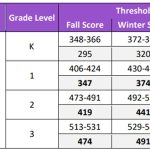

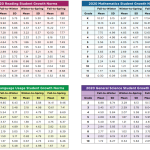
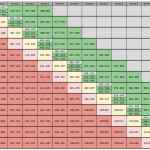
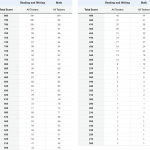
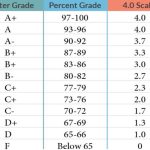
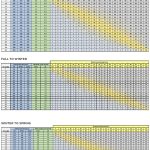
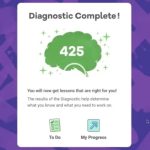
Thank you for adding all the i-Ready charts. When does iReady update their norms?
The iReady norms are typically updated every 4 years. We expect the next update to come in 2026-2027.